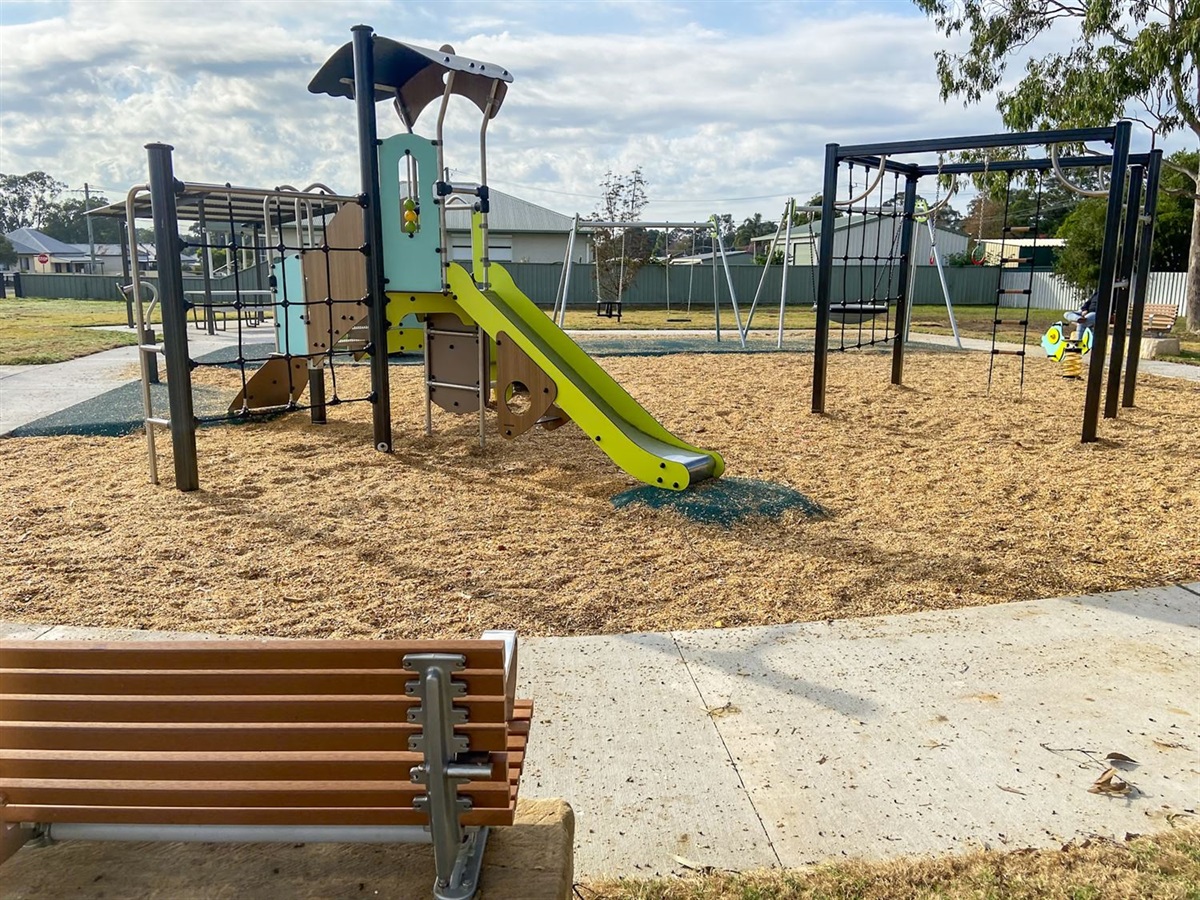La Nina-driven seasonal conditions have failed to dampen the ‘cautious confidence’ of Tasmanian farmers, with many relying on in-built enterprise flexibility to refocus on-farm decisions in response to a wet spring.
The latest quarterly Rabobank Rural Confidence Survey, released today, found Tasmanian farmer confidence has improved on the last quarter, and, although there remains an expectation for some that agricultural operating conditions could worsen in the next 12 months, this has eased.
A total of 59 per cent of farmers surveyed had a stable outlook on the year ahead, while 12 per cent expected improved prospects (compared with nine per cent last quarter) and the number with a pessimistic outlook had declined to 27 per cent (from 32 per cent previously).
Rabobank area manager for Tasmania, Stuart Whatling, said the main reasons farmers in the state expect business conditions to improve are strong commodity prices, overseas markets and good seasonal conditions.
However, the season has not been without short-term challenges, with 40 per cent of the state’s farmers who expected the agricultural economy to worsen citing too much rain as the reason.
“With the exception of isolated pockets, Tasmanian farmers have dodged the recent flooding experienced in other states, instead facing widespread saturation,” Mr Whatling said. “Usually by now most irrigated systems would be operating, but hardly anyone has turned on the water yet.”
The wet conditions have driven delays in planting crops – such as peas, poppies and potatoes – with many growers making the call to not plant these at all.
“This is where the diverse nature of Tasmanian agricultural businesses comes into play. Most farmers have in-built flexibility in their systems to adapt and divert areas earmarked for these crops to another option, such as finishing livestock,” Mr Whatling said.
The saturated conditions have also negatively impacted silage production across Tasmania, with rain delays contributing to downgraded quality.
“Most silage is retained for on-farm use in the dairy industry, so this will have knock-on effects for feed costs as farmers purchase additional supplemented feed,” Mr Whatling said.
Although there was some concern that commodity prices would drop, Mr Whatling said this should be considered against the backdrop of ongoing strong commodity prices.
“We see this as a plateauing of sentiment. We’ve seen some commodity prices come off a bit and there’s the expectations things will flatten out a bit from here, so this is really a slight reduction from a very high place,” he said.
“Those farmers who were successful in getting cash crops into the ground are anticipating reasonably strong prices on the back of supply issues caused by flooding in other states.”
Rabobank regional manager for Southern Victoria and Tasmania Deborah Maskell-Davies noted that although dairy sector confidence declined both nationally and locally this survey, Tasmanian dairy farmers had avoided the ramifications of flooding experienced in other states.
“While farmers are acutely aware of rising costs and availability of labour, generally those in the dairy industry are quite buoyant on the back of three years good prices and stable outlook going forward,” she said.
“Overall, Tasmanian agriculture is in a really good space and it’s driving farmers’ confidence to invest back into their businesses.”
This continues the strong appetite for investment seen in recent previous quarters, with 31 per cent of the state’s farmers now looking to increase their total farm investment over the next 12 months (29 per cent last quarter) and 61 per cent expecting their level of investment to stay the same (64 per cent last quarter).
Tasmanian farmers listed on-farm infrastructure (72 per cent), irrigation/water infrastructure (72 per cent) and increasing livestock numbers (62 per cent) as the top three areas they intended to increase investment in over the next 12 months – closely followed by adopting new technologies, new plant/machinery and education.
Mr Whatling said investment intention remains strong, underpinned by the availability of water and the continuing roll-out of Tasmanian irrigation schemes. “Many farmers are also investing in on-farm water storage projects to mitigate climate risk,” he said.
The ongoing uptake of the Australian government’s instant asset write-off scheme and a strong focus on labour-saving infrastructure has also been contributing to on-farm investments, he said.
“On the back of strong commodity prices and cash flow, farmers are looking to reinvest back into their businesses for the future,” he said.
“There’s also a focus on investments which will assist with efficiency going forward, especially in a market where labour is extremely hard to find and very competitive, so we’re seeing some of this investment directed into on-farm accommodation and safe, efficient stock-handling facilities to attract and retain the best staff.”
Mr Whatling said while the previous quarter’s survey delivered a spike in concerns about livestock disease, this dropped away in the latest survey with no Tasmanian producers citing foot and mouth disease as a concern.
“Tasmanian farmers remain mindful of the threat but aren’t letting it get in the way of strategic medium- to long-term investment decisions for their business,” he said.
Mr Whatling said it was encouraging to see optimism about the outlook for the agricultural industry was not waning.
“There have been some weather challenges, but it’s still a reasonably positive environment – although input costs have risen, there are still good margins in most commodities in Tasmania,” he said.
Looking ahead, he said, while La Nina tends to throw continued wet weather at the east coast of Tasmania, farmers in the west of the state are anticipating drier conditions for the second year in a row.
“Fortunately, the wetter spring this year for the western regions will provide a buffer coming into summer with a full moisture profile,” he said.
A comprehensive monitor of outlook and sentiment in Australian rural industries, the Rabobank Rural Confidence Survey questions an average of 1000 primary producers across a wide range of commodities and geographical areas throughout Australia on a quarterly basis.
The most robust study of its type in Australia, the Rabobank Rural Confidence Survey has been conducted since 2000 by an independent research organisation. The next results are scheduled for release in March 2023.







